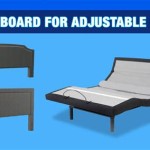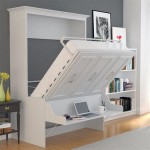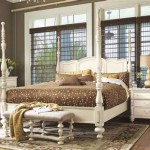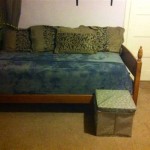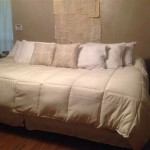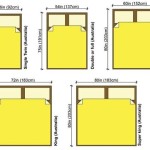What Are The Safest Bunk Beds?
When selecting bunk beds, safety should be your top priority. With so many options available, it can be overwhelming to determine which ones meet the highest safety standards. To ensure your children's well-being, it's essential to consider key aspects that contribute to the safety of bunk beds.
This article delves into the essential aspects of what makes a bunk bed safe. We'll explore the critical factors you should consider when selecting a bunk bed, from structural integrity to stability and safety features. By understanding these aspects, you can make an informed choice that prioritizes your children's safety and provides peace of mind.
Structural Integrity
The structural integrity of a bunk bed is paramount. Look for beds made from sturdy materials like metal or solid wood. Ensure the frame is well-constructed and free from any weak points or wobbly joints. The bed should withstand regular use and not creak or groan under weight.
Stability
Stability is crucial for preventing bunk bed accidents. Choose a bunk bed with a wide base and a low center of gravity. The legs should be sturdy and firmly attached to the frame. Consider beds with anti-tip devices or wall anchors to prevent them from toppling over.
Guardrails
Guardrails are essential for preventing falls. They should be at least 5 inches high and extend the full length of the bed. The slats should be spaced close together to prevent children from getting their heads or limbs trapped. Additionally, look for guardrails that are securely attached to the frame and cannot be easily removed.
Ladders and Steps
Ladders and steps should be sturdy and well-maintained. The rungs should be spaced evenly and provide ample grip. Ladders should be angled correctly to allow for easy climbing without creating a tripping hazard. Steps should be wide enough for comfortable use and have non-slip surfaces.
Safety Features
Look for bunk beds equipped with additional safety features. These may include under-bed storage drawers with safety stops to prevent them from rolling out, nightlights to illuminate the area around the bed, and safety nets or curtains for added protection.
Age and Weight Limits
Always adhere to the recommended age and weight limits specified by the manufacturer. These limits are determined based on the bed's design and structural capabilities. Exceeding these limits can compromise the bed's safety.
Regular Inspections and Maintenance
Regularly inspect the bunk bed for any signs of wear or damage. Check the frame, guardrails, ladders, and steps for loose screws or bolts. Tighten any loose hardware and replace any damaged parts promptly. Clean the bed regularly to prevent dirt and dust from accumulating.
Conclusion
By considering these essential aspects, you can make an informed choice when selecting bunk beds for your children. Prioritizing safety and stability ensures a peaceful sleep and a comfortable and enjoyable experience for your little ones. Remember to regularly inspect and maintain the bed to maintain its safety over time.

How Safe Is Your Bunk Bed Do The Rails Meet Regulation Standards

Guide To Bunk Bed Safety Cuckooland
Bunk Bed Safety Guide Dreams

Are Loft Bunk Beds Safe For Kids Toddlers Sleep Advisor

Top Safe Kids Bunk Beds

Everything Pas Should Know About Bunk Beds Cuckooland

Top Safe Kids Bunk Beds

Are Loft Bunk Beds Safe For Kids Toddlers Sleep Advisor

Bunk Bed Safety Guide Dreams
